This Is How Often You Should Actually Wash Your Hair, Based on Your Hair Type
Everyone knows that when it comes to taking care of various types of hair, the only common denominator is that there isn’t one— particularly when it comes to how often we should be washing it.
With so much of our lives revolving around our cleansing schedule (I wouldn’t dare go on a date on an off-shampoo day), finding your happy place could save a lot of strife.
Hair type, texture, and length are obvious factors, but scalp condition and lifestyle choices, like when you workout and your city’s pollution level, are lesser known variables that are important to consider.
While there’s no one-size-fits-all universal answer, it all starts with correctly identifying what your hair type really is — and it’s probably not what you think.
Before you reach for your favorite shampoo, read what our hair and scalp pros all have to say.
RELATED: How to Co-Wash Natural Hair
First things first, before you can determine your optimal washing schedule (and splurge on a cocktail of products), you need to properly assess your hair — even if you think you already know what it is. Many factors, like porosity and varying textures, aren't necessarily obvious to the naked eye.
“Leaving hair free of products and allowing it to air dry after you wash it is the easiest way to determine your hair texture,” says Frédéric Fekkai, hairstylist extraordinaire and founder of Fekkai Brands.
Once you do this, the trick to evaluate thickness and texture is to take a single strand of hair and rub it between your fingers. “If you can barely feel it, then that’s fine hair,” explains celebrity hairstylist Laura Polko. “If you can feel it and there are bumps, then you have coarse hair.”
If you land somewhere in between, that’s medium hair. However, if you often fall victim to split ends, or your hair has an overall blah appearance, low porosity could be to blame.
“With low porosity, you will immediately see lack of luster and hair elasticity,” says Fekkai, and this will eventually lead the hair to split.
To test your hair’s porosity, take another strand of hair and place it in a cup of water. If the strand floats to the top, then you have low porosity hair. Also, you should pay attention to whether your hair takes a long time to air dry or become fully drenched with water when washing, those can also be other telltale signs of low porosity.
Now, let's get to washing.
If You Have Fine or Flat Hair
Fine hair tends to be flat, says Fekkai, which means that strands get oily much more quickly than other hair types. Most people with fine hair need to shampoo every day, but more importantly, you need to know how to wash your fine hair.
Start with a quality, cleanser like Fekkai Full Blown Volume Shampoo and use only a dime size amount (really). Fine hair doesn’t need a lot of shampoo and you’ll be washing money down the drain otherwise. Literally.
“Do not apply the shampoo directly onto your scalp,” Fekkai cautions. Instead, first work the shampoo into a lather in your hands, and then massage into your scalp only before rinsing with a flash of cold water.
“The rinse is extremely important when washing fine hair and cold water helps to close the shaft, making the hair more smooth and shiny,” he says.
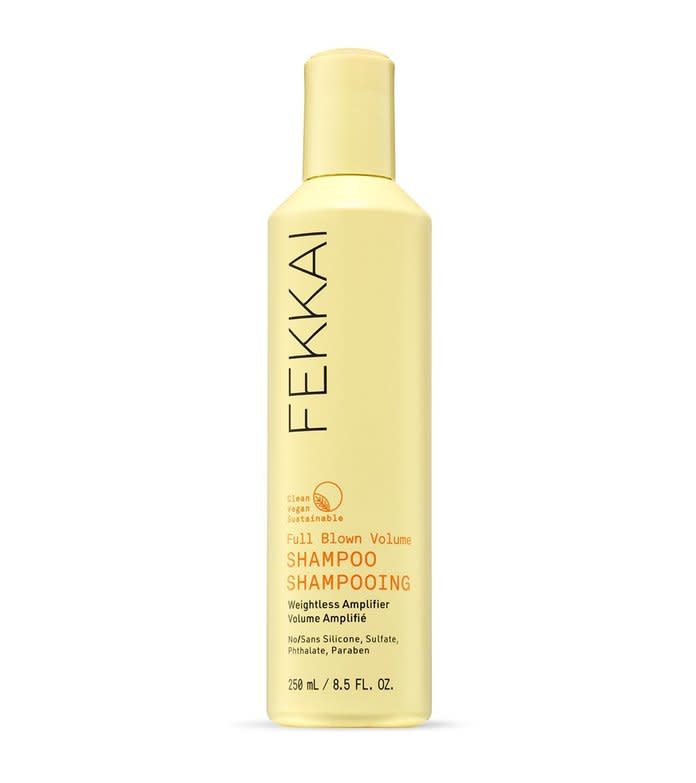
To shop: $20; target.com
If You Have Greasy Hair
No surprise here: excessively oily hair should be washed daily, and it's more about the technique than the product you use. The most effective way to wash greasy hair is to part it into sections, says Fekkai. And rather than creating friction while lathering, you want to “rotate your fingers to move the scalp so that you activate the follicle and the roots of the hair to bring oxygen to the roots,” he adds.
Afterwards, rinse your hair very thoroughly — any remaining product will cause buildup and accelerate the greasy look — and apply conditioner to the ends only.
If You Have Thick or Dry Hair
Keep the washes to once or twice a week, but make them really count by taking your time to wash and protect against dryness.
Thick hair tends to be naturally dry, which causes the strands “to expand and make the hair fuller,” says Fekkai.
Fekkai’s genius solve is to apply conditioner or a restorative hair mask before shampooing, for an extra dose of hydration, and then use a small amount of shampoo just at the root, before applying a second round of conditioner and rinsing.
Blast hair with dry shampoo between washes to keep a bit of lift at the root and slow down the oily hair look.
Bonus: contrary to popular belief, dry shampoo “doesn’t affect the health of your scalp skin,” says Dr. Jennifer MacGregor, dermatologist at Union Square Dermatology, who uses (and loves!) dry shampoo herself.
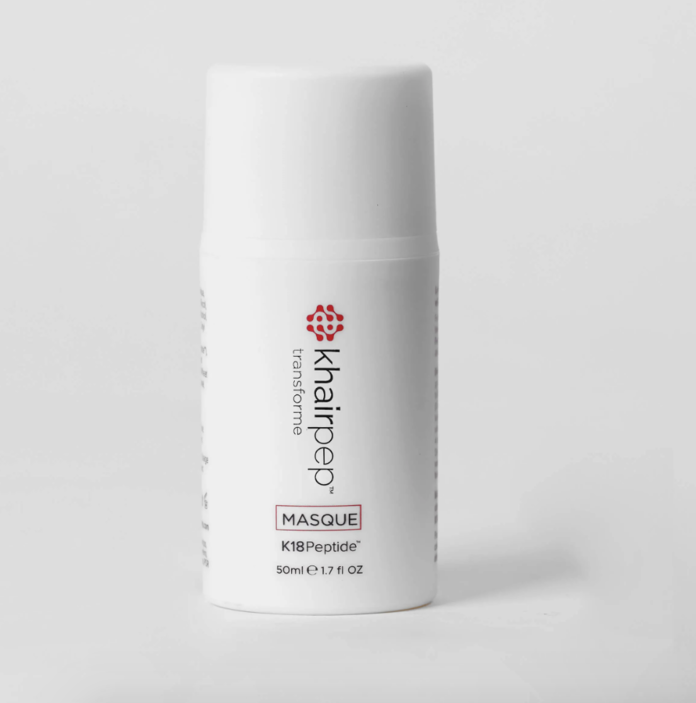
To shop: $75; khairpep.com
If You Have Balanced Hair
Those with the Goldilocks of hair types — not too thin, not too thick — can get away with washing their hair every two days with a mild shampoo, like the dermatologist-backed brand SEEN.
However, a common blunder with this hair type is over-washing, which actually just invites unwelcome hair problems into your life. As counter-intuitive as it seems, doing the most “can cause your hair to get extremely dry on the ends but then also cause your scalp to over produce sebum, causing oily roots,” says Polko.
So curb the urge to wash your hair frequently, and keep the cleanses to three times a week, maximum.
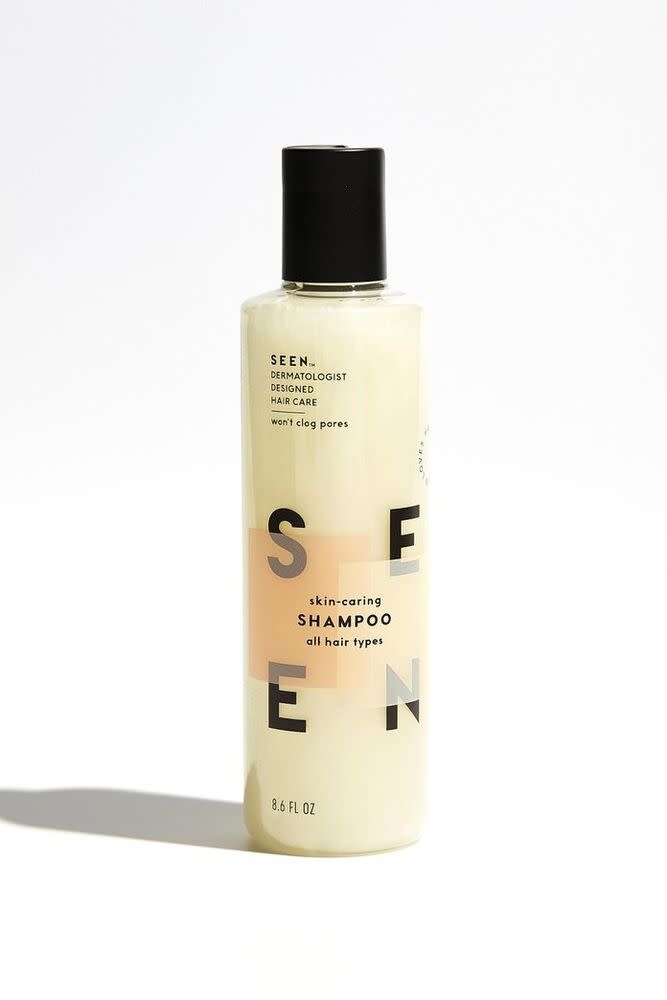
To shop: $29; helloseen.com
VIDEO: Leave It to Nia Long to Make Bed Head Look So Good
If You Have Curly Hair
“Coarse and coily hair tends to be more dry,” says Ashley Streicher, celebrity hairstylist and R+Co Collective member. “So the longer you can go without washing to let your natural oils kick in the better.”
A general guideline for curly hair is a once or twice-a-week wash regimen with a moisturizing cleanser, then taking extra time and care with conditioner.
“For conditioner, start at the ends and work your way up the hair,” says Polko.“Leave on for a few minutes if you have time!”
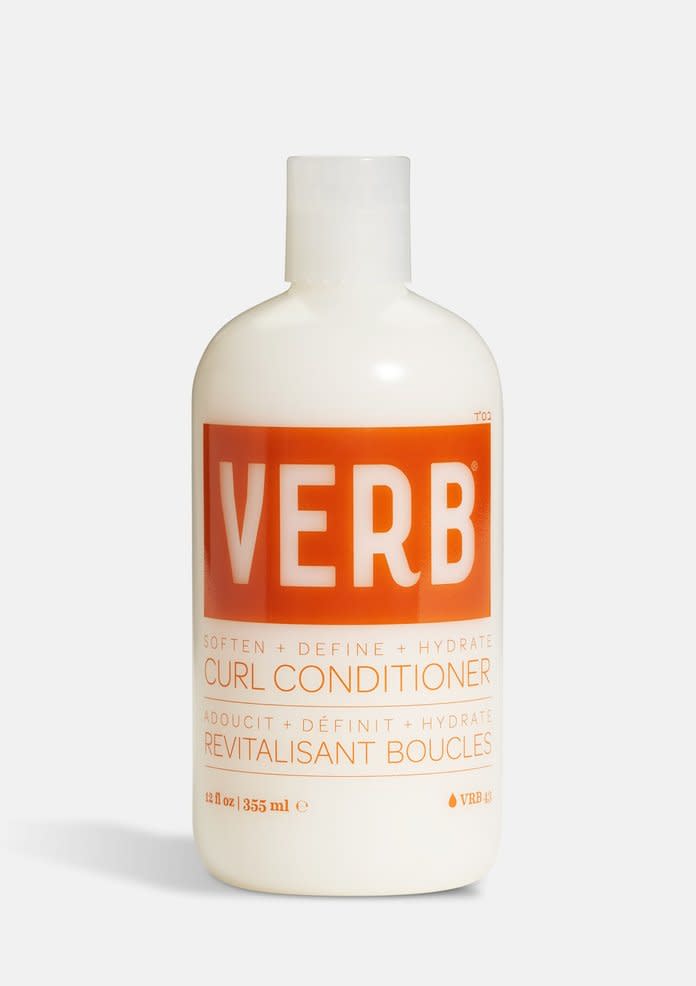
To shop: $18; sephora.com
If You Have Color-Treated Hair
For color-treated hair, just “follow the recommendations for your hair type,” says Polko. “But it’s key to use a shampoo and conditioner that will protect your color as well as help with your hair health.”
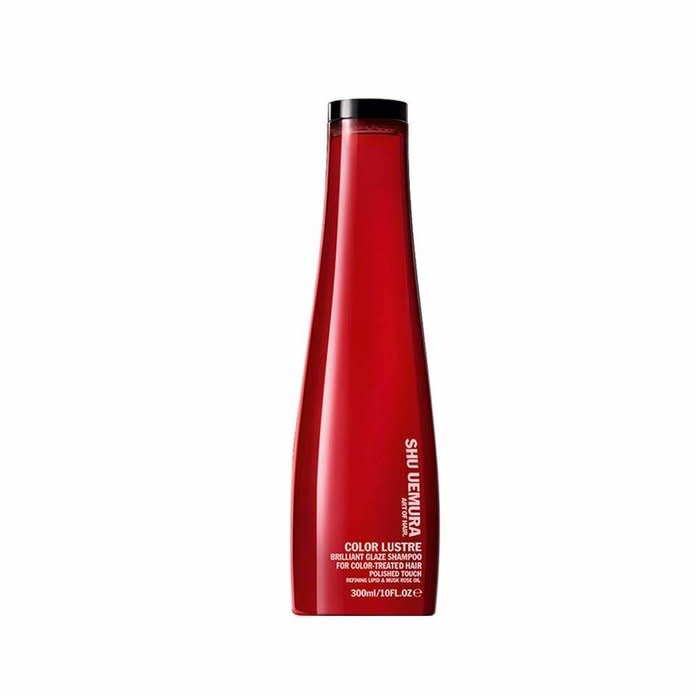
To shop: $49; sephora.com
If You Have Sensitive Scalp
If you think dry shampoo is causing your scalp sensitivity, think again.
“Dandruff is a skin condition that is mostly unrelated to your scalp and hair care,” advises MacGregor. “There are different causes, maybe related to genetics, balance of skin microorganisms and allergies.”
For low grade scalp concerns, a gentle and hydration-packed shampoo will work wonders to alleviate itchiness and minimize flakes.
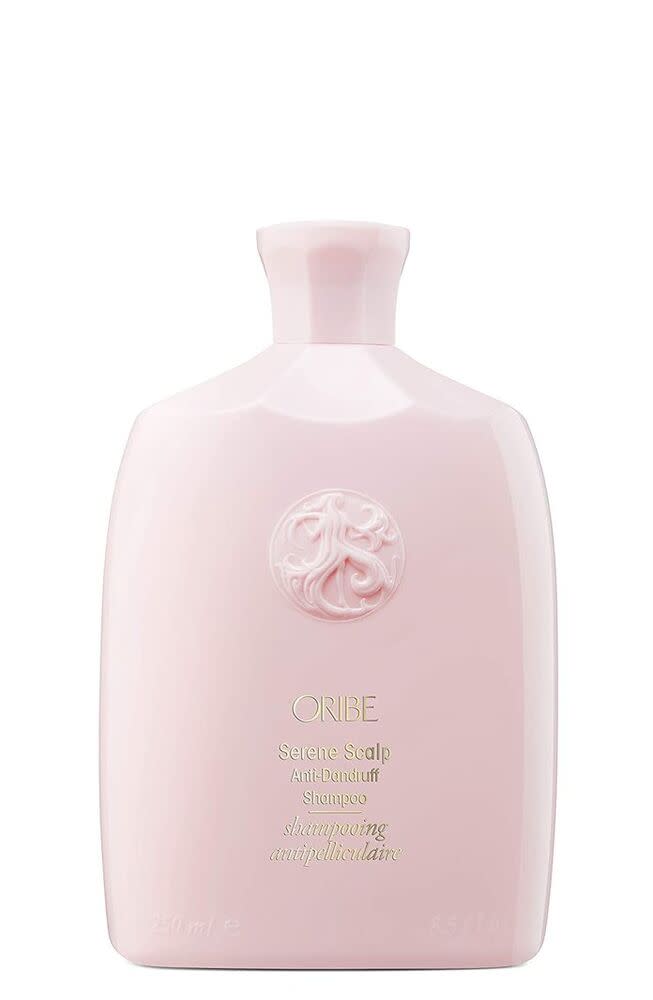
To shop: $46; dermstore.com
A peskier scalp sensitivity is likely seborrheic dermatitis, says MacGregor, and redness, grease and a scaly texture are telltale signs. To calm a seriously sensitive scalp or a flakey flare-up, she recommends using Nizoral shampoo and let to it soak in for five to 10 minutes. “But watch out with the blue stuff,” she cautions. “Especially if you have light or colored hair.”
Like all skincare, if your scalp is really bothersome and persistent, an over the counter hair treatment or mask isn’t going to be a miracle worker, and you should head to your dermatologist.
“If it is really red and scaly, I recommend using anti inflammatory (steroid) prescription solutions overnight,” says MacGregor. “These prescriptions can even be used once weekly as an overnight mask (sleep with a shower cap) to keep the condition at bay.”
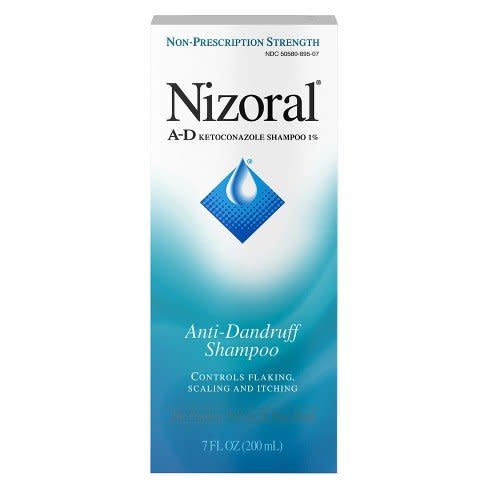
To shop: $15; target.com

